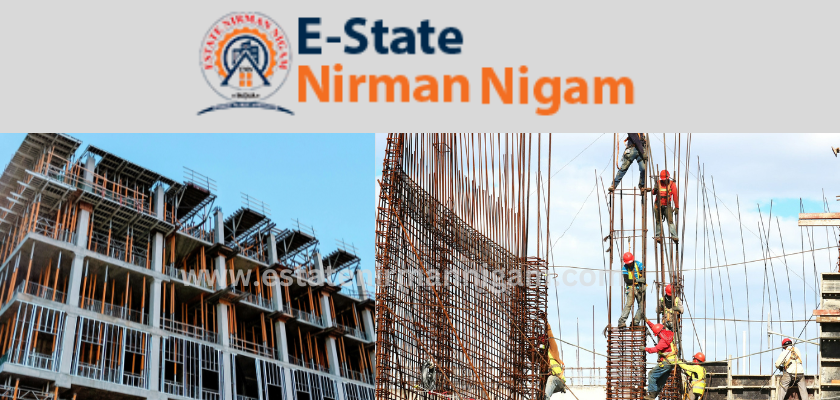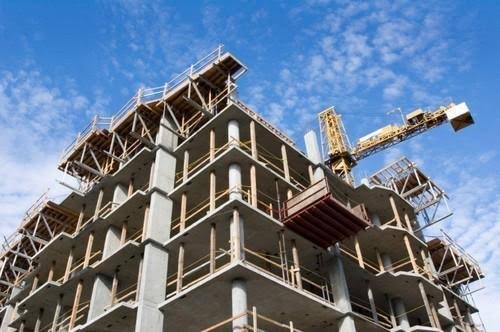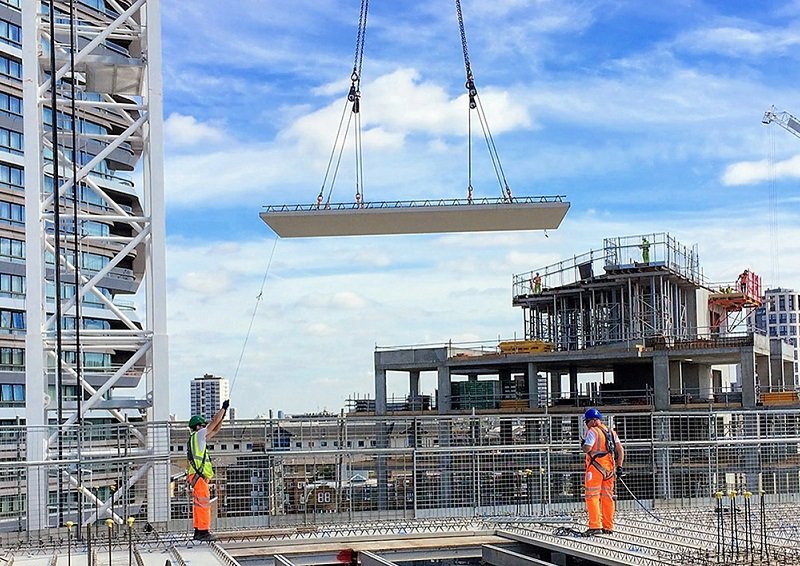1. Introduction
Hospitals are complex facilities that provide medical care and other health services. Hospital building involves a multidisciplinary process that includes planning, design, construction, and outfitting the facility for patient care. E-state Nirman Nigam http://estatenirmannigam.in/The design and construction must adhere to regulatory and safety standards to ensure efficient, safe, and effective medical care.E-state Nirman Nigam http://estatenirmannigam.in/

2. Planning and DesignE-state Nirman Nigam http://estatenirmannigam.in/
Site Selection: The first step involves choosing an appropriate location considering factors such as population density, accessibility, and availability of infrastructure.
Feasibility Studies: These studies assess the demand for hospital services in the area and the financial viability of the project.

Architectural Design: Hospital architects work on the layout and aesthetic aspects, emphasizing the patient experience and staff efficiency.
Functional Programming: Identifies the services offered, their spatial needs, and interrelationships.
Safety and Compliance: The design must follow local, state, and national codes, including fire safety, accessibility, and health standards.E-state Nirman Nigam http://estatenirmannigam.in/
Sustainability: Hospitals can incorporate green building practices such as energy-efficient designs, natural lighting, and water conservation.

3. Construction
Project Management: Overseeing all aspects of construction, including scheduling, budgeting, and coordinating teams.E-state Nirman Nigam http://estatenirmannigam.in/
Building Techniques: Hospitals require specialized construction techniques to manage advanced medical technology, such as shielding for imaging equipment and sterile environments.
Safety Considerations: Construction must consider patient and staff safety, especially in operating and emergency rooms.E-state Nirman Nigam http://estatenirmannigam.in/

Material Selection: Materials chosen foE-state Nirman Nigam http://estatenirmannigam.in/r durability, infection control, and maintenance efficiency.
Infrastructure: Building robust and redundant systems for utilities (power, water, gas) and technology (IT, communications, medical gases).
4. Equipment and Technology
Medical Equipment: Includes diagnosticsE-state Nirman Nigam http://estatenirmannigam.in/, treatment, and monitoring devices.
Information Technology: Systems for managing patient data, telemedicine, and digital records.
Integration: Technology and systems must integrate seamlessly for efficient operations.
5. Interior DesignE-state Nirman Nigam http://estatenirmannigam.in/
Patient-Centric Design: Focus on patient comfort, including natural lighting, soothing colors, and comfortable furnishings.

Staff Efficiency: Consideration for staff workflow, including ergonomic workspaces and easy access to patient areas.
Wayfinding: Clear and intuitive signage andE-state Nirman Nigam http://estatenirmannigam.in/ navigation for patients and visitors.
6. Regulatory and Safety Compliance
Building Codes and Standards: Adherence to codes like International Building Code (IBC) and healthcare-specific codes.E-state Nirman Nigam http://estatenirmannigam.in/

Health and Safety Regulations: ComplianceE-state Nirman Nigam http://estatenirmannigam.in/ with laws governing healthcare facility operations.
Fire Safety and Emergency Preparedness: Ensuring the hospital is equipped with proper exits, alarms, and safety protocols.
7. Post-Construction and CommissioningE-state Nirman Nigam http://estatenirmannigam.in/
Testing and Inspection: Verification that all systems work correctly and meet safety standards.
Training: Staff training on new systems and emergency procedures.
Final Inspection and Certification: Obtaining necessary certifications and approvals before opening.
8. Opening and OperationsE-state Nirman Nigam http://estatenirmannigam.in/

Transition Planning: Smooth transition from construction to operation, including the move-in of staff and equipment.E-state Nirman Nigam http://estatenirmannigam.in/
Patient Care Operations: Commencing patient care services, with protocols in place.
Ongoing Maintenance:E-state Nirman Nigam http://estatenirmannigam.in/ Keeping the hospital facilities and systems in optimal condition.
9. Conclusion

Hospital building is a complex, multifaceted process involving careful planning, design, and execution. Success relies on collaboration between architects, engineers, medical professionals, and administrators. The ultimate goal is to create a facility that supports exceptional patient care while maintaining safety, efficiency, and adaptability to future healthcare needs.
E-state Nirman Nigam http://estatenirmannigam.in/